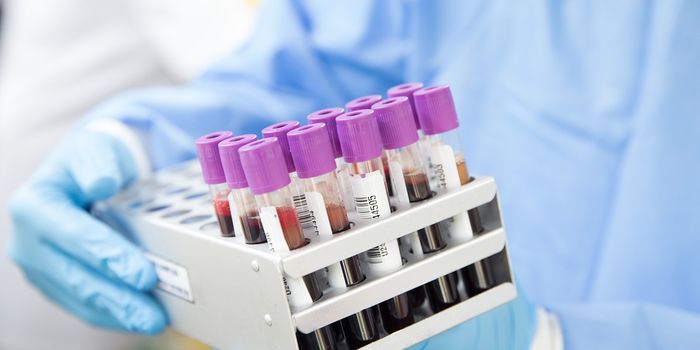Bacterial Toxins and Advances in Detecting Bloodstream Infections
Sepsis describes the uncontrolled inflammatory response when the host cell is attacked by bloodstream infections. Sepsis due to bacterial infection leads to catastrophic outcomes and is a major concern all over the world. Infections caused by both Gram negative and Gram positive bacteria can lead to sepsis. To cause disease, bacteria employ various virulence factors that protect them from the host’s innate immune system.1 Two very common bacteria, Gram positive S. aureus and Gram negative P. aeruginosa, produce very potent virulence factors that evade the host’s immune system and lead to extensive damage to the host’s organs. Detecting and identifying these deadly organisms as fast as possible is a critical task of microbiology laboratories.
The toxins produced by these bacteria are virulent factors, which include endotoxins or lipopolysaccharide (LPS). These toxins are found on the outer membrane of Gram negative bacteria, such as P. aeruginosa, which can cause lethal shock. Another type of virulent factor are superantigens (SAgs), which are produced by some Gram positive bacteria such as S. aureus. Superantigens are considered among the most potent types of bacterial toxins, which can lead to toxic shock syndrome, a lethal condition.
Early detection of bacterial presence in the blood is an important concern for both patients and providers as sepsis is the second most common cause of death in non-coronary intensive care units and tenth overall cause of death in high income countries.1 Medical diagnostics which determine the source of bloodstream infections provide critical information for clinical teams as they care for critically ill patients. Early diagnosis and appropriate treatment make a critical difference to improving patient outcomes, as chances of survival go down drastically the longer the initiation of treatment is delayed.2
A blood culture is a diagnostic laboratory test in which blood or another sterile body fluid is taken from the patient and inoculated into specialized culture media to determine whether infection-causing microorganisms are present in the patient’s bloodstream. In recent years, advances in technology have enabled blood culture results to be available more quickly, as historically results could take several days to be determined.
The BACT/ALERT® VIRTUO® fully-automated blood culture system from bioMérieux has been shown to have significantly faster time to results than other available systems.3 First introduced to the United States in 2017, VIRTUO is designed with multiple advanced microorganism detection algorithms. In addition, the system has high thermal stability as the loading and unloading of bottles is automated, meaning the system’s doors are not being frequently opened and closed as they are in manual systems. This enables the blood culture media to incubate in an environment that provides the optimal temperature for microorganism recovery. For those organisms whose lethal virulent factors were discussed earlier, VIRTUO has been shown to provide positive results several hours more quickly for S. aureus and P. aeruginosa than other systems, providing results in just 13 hours on average.3
For a look at the faster time to results your laboratory could see with VIRTUO, visit the interactive blood culture time to detection calculator from bioMérieux.
References
1. Ramachandran G. Virulence. 2013;5(1):213-218.
2. Kumar A. Crit Care Med. 2006;34(6):1589-1596.
3. Menchinelli G. Front Microbial. 2019;10:221.









